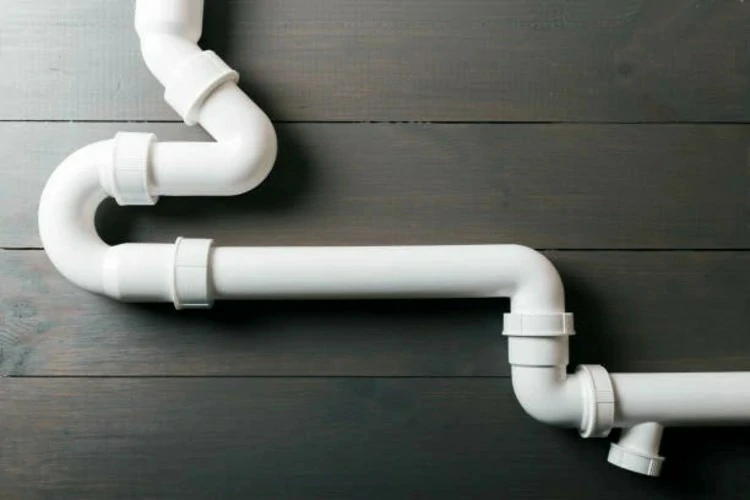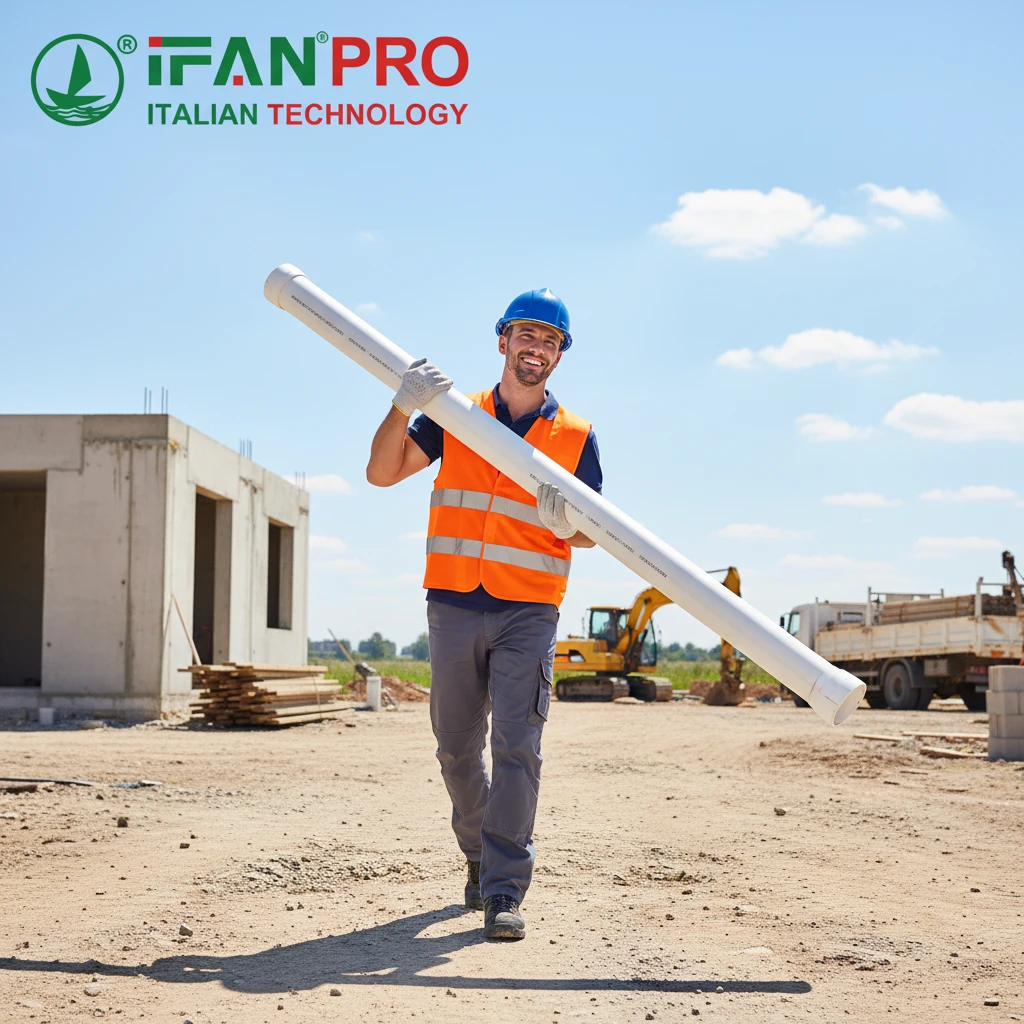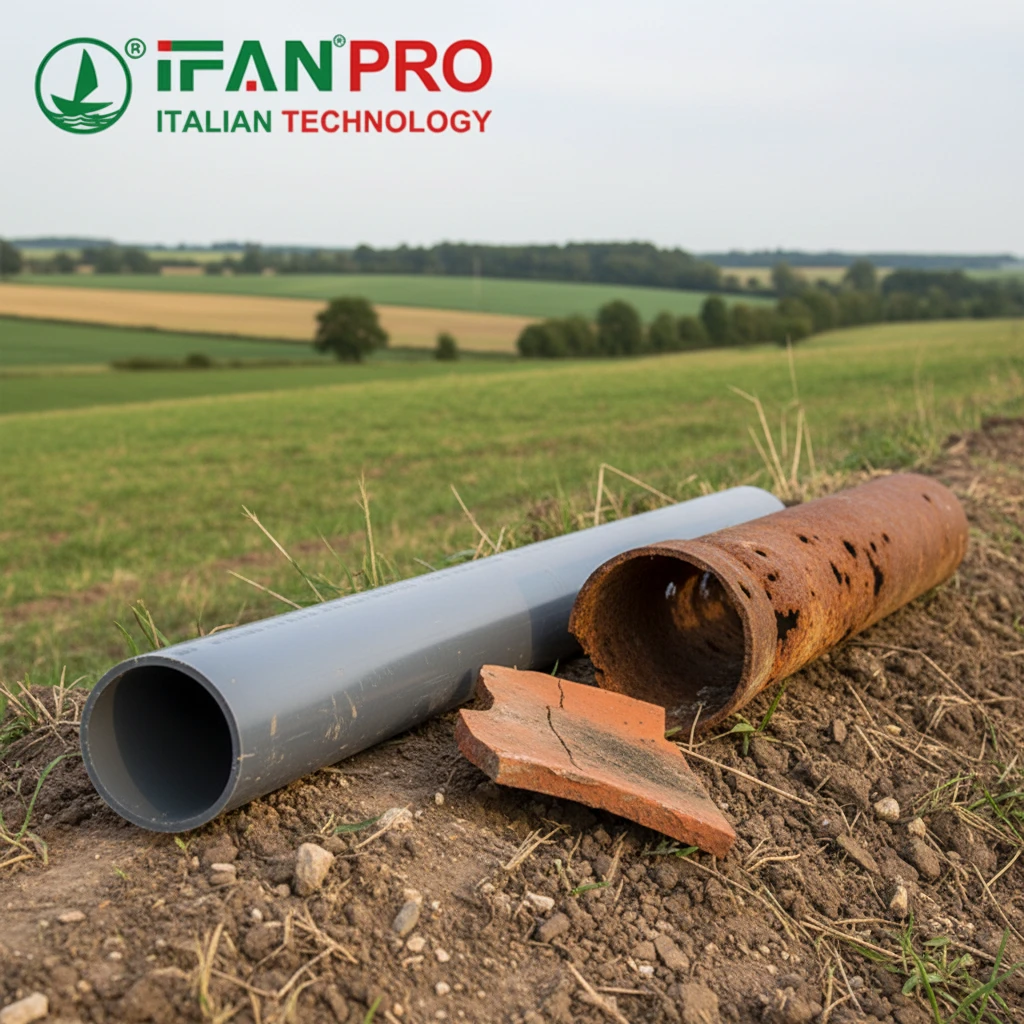Understanding UPVC Tubes
Introduction to UPVC Tubes
UPVC (unplasticized polyvinyl chloride) tubes are a type of rigid plastic piping material widely used in construction, infrastructure, and industrial applications. These tubes are manufactured from PVC resin without the addition of plasticizers, resulting in a strong and durable material with exceptional high-temperature resistance properties.
Key Features of UPVC Tubes
High-Temperature Resistance:
UPVC tubes exhibit excellent resistance to high temperatures, making them suitable for applications where exposure to elevated temperatures is common.
Thermal Stability:
The thermal stability of UPVC tube ensures that they maintain their structural integrity and mechanical properties even at high temperatures, preventing deformation, warping, or degradation.
Fire Resistance:
UPVC tubes are inherently fire-resistant and do not support combustion, making them suitable for use in fire protection systems and applications where fire safety is a concern.
Chemical Inertness:
In addition to their high-temperature resistance, UPVC tubes also offer chemical inertness, ensuring compatibility with a wide range of substances and environments.
Factors Contributing to High-Temperature Resistance
Material Composition
PVC Resin:
UPVC tubes are made from high-quality PVC resin, which provides inherent heat resistance properties, allowing the tubes to withstand elevated temperatures without compromising their structural integrity.
Stabilizers and Modifiers:
The addition of stabilizers and modifiers during the manufacturing process enhances the heat resistance of UPVC tube, improving their thermal stability and performance in high-temperature environments.
Thermal Conductivity
Low Thermal Conductivity:
The low thermal conductivity of UPVC tubes minimizes heat transfer through the pipe wall, helping to maintain the temperature of the transported fluids and preventing energy loss in heating and cooling systems.
Applications of UPVC Tubes in High-Temperature Environments
Hot Water Supply Systems
Domestic and Commercial Use:
UPVC tubes are commonly used for hot water supply systems in residential, commercial, and industrial buildings, where they withstand high temperatures without warping or degradation.
Solar Water Heaters:
UPVC tube serve as heat exchanger coils in solar water heating systems, efficiently transferring solar energy to the water supply.
HVAC Systems
Heat Ventilation and Air Conditioning:
UPVC tubes function as ductwork in HVAC systems, ensuring structural integrity while distributing hot or cold air throughout buildings.
Chemical Processing
Industrial Applications:
In chemical processing plants and laboratories, UPVC tube facilitate the transportation of hot liquids, gases, and chemicals, ensuring safe and reliable operation due to their high-temperature resistance and chemical inertness.
Conclusion: Reliable Performance in High-Temperature Environments
UPVC tubes excel in high-temperature environments, finding use in construction, infrastructure, and industry. Their impressive heat resistance, thermal stability, and chemical inertness make them ideal for transporting hot fluids, gases, and chemicals across diverse sectors. Engineers and contractors confidently rely on UPVC tube for their piping needs, guaranteeing enduring performance in demanding conditions. Understanding the factors contributing to their high-temperature resistance and their diverse applications in elevated temperature environments is crucial. This knowledge enables informed decision-making and ensures the successful implementation of UPVC tube systems in demanding applications.
IFAN is a Chinese manufacturer of plastic pipes, fittings and valves with 30 years of experience. If you are interested in IFAN Raccords en cuivre, vannes en cuivre, tuyaux et raccords en plastique, veuillez nous contacter. IFAN offers you a variety of standard pipes to meet your specific needs. Click below to learn more about IFAN’s wide range of affordable and cost-effective valve products and piping system related products.
We will reply your email or fax within 24 hours.
You can call us at any time if there is any question on our production.
For more information,pls visit our webside https://ifanpro.com/
Veuillez envoyer un courrier à l'adresse suivante [email protected]
Whatsapp : + 86 19857948982














Commentaires récents